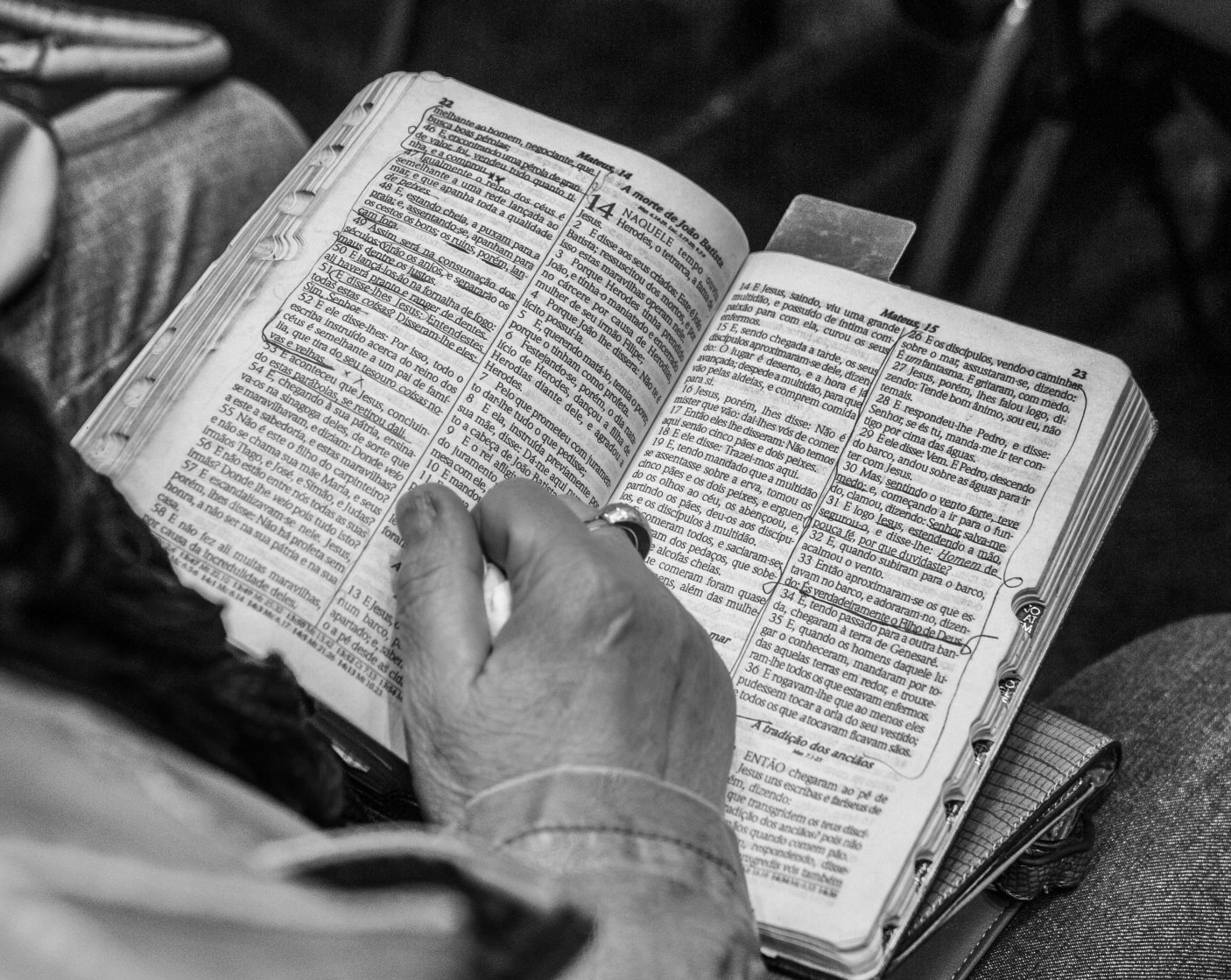
570-225-7410
secretary@sj23tamaqua.org
St. John XXIII Parish
in the Diocese of Allentown
Prayers & Devotionals

Do you need prayers? . . . For yourself or for someone else?
Click the button below to request confidential prayers either with our team of prayer warriors or with Father
Prayer
NOVENA
A novena is a method of prayer in which we pray for the same petition or devotion for nine consecutive days. We pray novenas to grow in patience and place our trust in God, just as the Apostles prayed in anticipation of the Holy Spirit coming to them. We pray novenas to become disciples, growing in discipline and opening our hearts to God’s will. Whether our intention is answered or not, we finish the nine days in gratitude for God’s presence in our lives. ----- Hallow
Novenas can be prayed at any time, not just before their feast day
Our Lady of Lourdes
Petition to the Immaculate Conception for your personal intentions each day of the Novena
CHAPLET
A chaplet is a personal devotional prayer that can be prayed as a petition, or in adoration, or for motives of thanksgiving, or in reparation for personal sins or the sins of the nation. Typically, a chaplet follows a set sequence of prayers and then repeats those sequences, commonly known as “decades”. There are a varying number of repetitions in the decades and a varying number of decades, depending on the chaplet. The most common chaplet is the Rosary, which consists of five decades of one Our Father, ten Hail Marys, and the Glory Be. Beads are commonly used to keep track of the prayers said.
Chaplets can be prayed 1 time, or as a Novena for 9 days or longer
St. Anne
The mother of Mary & the patron for Grandmothers, Mothers, Housekeepers, & more.
The Holy Spirit
Meditate on the influence of the Holy Spirit and Its presence in the Gospel and in your life.
DEVOTIONS
Popular devotional practices play a crucial role in helping to foster this ceaseless prayer. The faithful have always used a variety of practices as a means of permeating everyday life with prayer to God. Examples include pilgrimages, novenas, processions and celebrations in honor of Mary and the other saints, the rosary, the Angelus, the Stations of the Cross, the veneration of relics, and the use of sacramentals. Properly used, popular devotional practices do not replace the liturgical life of the Church; rather, they extend it into daily life
-----
USCCB
Some Examples of Devotionals:
The Rosary
The Rosary is a devotional that focuses on the life of Jesus Christ and is prayed to show devotion in honor of the Virgin Mary. The Rosary consists of five sets of beads, one large and ten small in each set, in a loop, with a crucifix, two large and three small beads on a "tail". The five sets (groupings of beads) represent five "decades" - each decade represents an important chapter or mystery in the life of Christ. An Our Father is prayed on each of the large beads on the loop, a Hail Mary is prayed on each of the small beads, and a Glory Be is prayed at the end of each decade. The Rosary prayers being on the crucifix with the Apostle's Creed and end with the Hail Holy Queen and closing prayer. The Rosary can be prayed for a personal intention.
The Rosary is a Scripture-based prayer. It begins with the Apostles' Creed, which summarizes the great mysteries of the Catholic faith. The Our Father, which introduces each mystery, is from the Gospels. The first part of the Hail Mary is the angel's words announcing Christ's birth and Elizabeth's greeting to Mary. St. Pius V officially added the second part of the Hail Mary. The Mysteries of the Rosary center on the events of Christ's life. There are four sets of Mysteries: Joyful, Sorrowful, Glorious and––added by Saint John Paul II in 2002––the Luminous. The repetition in the Rosary is meant to lead one into restful and contemplative prayer related to each Mystery. The gentle repetition of the words helps us to enter into the silence of our hearts, where Christ's spirit dwells.
-----
USCCB
Scripture
The daily readings are taken from the lectionary which divides much of the Bible into three years worth of readings, to be read at daily Mass and Sunday Mass. They comprise of a reading from the Old Testament, the Psalms, and the New Testament - on Sundays there are two readings from the Old Testament. These readings are tied together by a certain aspect in the context of the readings.

Access all the books of the Bible to read on your own to gather a better understanding of God and develop a closer relationship with Him. Choose a book and begin reading, or even just choose a passage to read and meditate on.
Lectio divina is a slow, rhythmic reading and praying of a Scripture passage. You pick a passage and read it. Notice what arises within you as you read it. Then you read it again, and then again, noticing what words and phrases grab your heart and noticing the feelings that arise. You respond to God about whatever is stirring within as you read and pray with the passage. Finally, you rest and let God respond and speak to you. -----
Loyola Press
The Liturgy of the Hours, also known as the Divine Office or the Work of God (Opus Dei), is the daily prayer of the Church, marking the hours of each day and sanctifying the day with prayer. The Hours are a meditative dialogue on the mystery of Christ, using scripture and prayer. At times the dialogue is between the Church or individual soul and God; at times it is a dialogue among the members of the Church; and at times it is even between the Church and the world. -----
USCCB

Prayer Apps
Phone Apps
.
About us
Parish Office Hours:
Mon-Thurs 9:00 - 3:00
Friday closed
Church Hours:
Mon-Tues 7:30 - 4:00
Wed-Thurs 9:00 - 4:00
Fri closed
There is healing after abortion
YOU ARE NOT ALONE
(866) 3RACHEL
projectrachel@allentowndiocese.org
"Neither do I condemn you"
USEFUL LINKS:
SJ23 Cherish Life --- Funerals --- Cemeteries --- Prayer Requests --- Memorialize a Loved One --- Staff --- Departments




